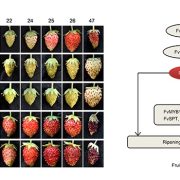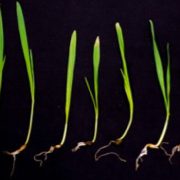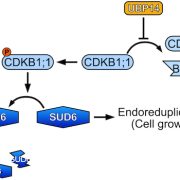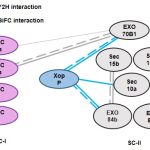Phosphorylation of OsTGA5 by CKII switches rice defenses on against blast fungus
Yuqing Niu and Mo Wang
Key Laboratory of Ministry of Education for Genetics, Breeding and Multiple Utilization of Crops, Fujian University Key Laboratory for Plant-Microbe Interaction, Fujian Agriculture and Forestry University, Fuzhou, 350002, China
Background:
Plants balance the high cost of immunity by suppressing the expression of defense genes during normal growth, while rapidly switching them on when perceiving pathogens. The regulation of the transcription factors controlling the transcription of defense genes plays an essential role in this switch. TGA-type transcription factors are key regulators of plant innate immunity. In Arabidopsis, pathogen attacks dramatically increase endogenous salicylic acid (SA) levels, which promote the nuclear enrichment of the NPR1 monomer, which helps dissociate the TGA2 oligomer into a dimer to induce the transcription of Pathogenesis-related (PR) genes. Although this signaling pathway plays a critical role in boosting immunity in Arabidopsis, how TGA activity is regulated in monocots is largely unknown.
Question:
How do plant species such as rice, with constant high levels of SA even during pathogen infection, regulate TGA activity? This is a critical question, because rice TGA2.1 has been found to suppress the transcription of defense genes during normal growth and inhibit immunity against the bacterial pathogen.
Findings:
OsTGA5, the closest rice homolog to Arabidopsis TGA2, negatively regulates rice resistance against blast fungus by blocking the transcription of various defense-related genes. We discovered that the nucleus-localized casein kinase II (CK2) complex interacts with and phosphorylates OsTGA5 at Ser-32, which is enhanced upon blast fungus infection. This phosphorylation decreases the binding of OsTGA5 to the promoter of the rice PR gene, thereby alleviating the transcriptional repression by OsTGA5 and promoting resistance against blast fungus. Thus, this CK2-based phosphorylation mechanism is an important molecular switch in rice involved in elevating the expression of defense genes normally suppressed by TGA upon pathogen invasion.
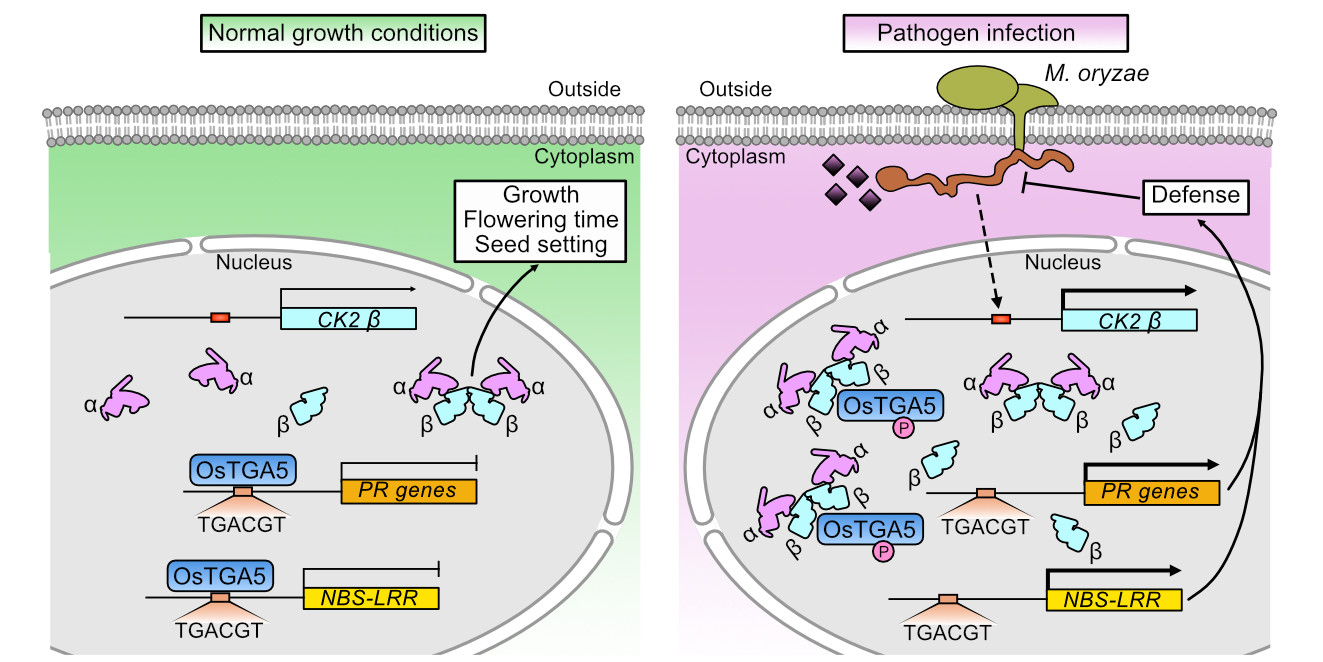
Next steps:
We wish to explore the interplay, including functional redundancy or differentiation, and the formation of hetero- or homo-oligomers, between rice TGA members in controlling the transcription of defense genes. Moreover, determining the influence of CK2-mediated phosphorylation on rice TGAs interplay will help scientists to better understand how TGAs are regulated in rice.
Reference:
Yuqing Niu, Xiaoguang Huang, Zexue He, Qingqing Zhang, Han Meng, Hua Shi, Baomin Feng, Yuanchang Zhou, Jianfu Zhang, Guodong Lu, Zonghua Wang, Wenli Zhang, Dingzhong Tang, and Mo Wang (2022). Phosphorylation of OsTGA5 by Casein Kinase II Compromises Its Suppression of Defense-related Gene Transcription in Rice. https://doi.org/10.1093/plcell/koac164


